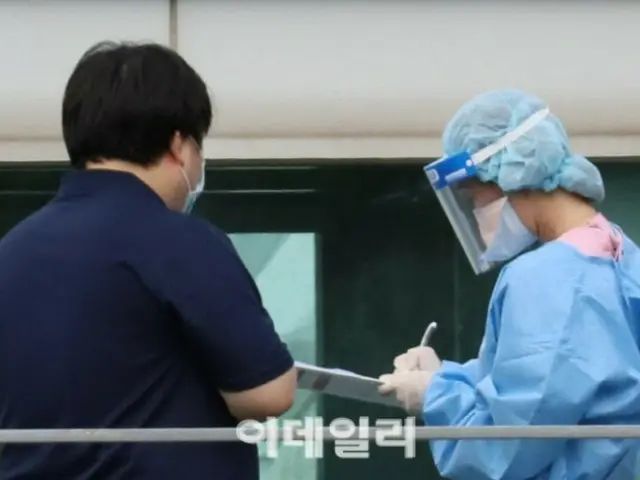. In particular, the farther away from the metropolitan area the more vulnerable areas were. On the 5th, the National Central Medical Center submitted the ``2022 Medical Vulnerable Areas Monitoring'' to the Ministry of Health and Welfare (equivalent to Japan's Ministry of Health, Labor and Welfare).
According to the ``Research on Childbirth and Emergency Medicine,'' an analysis of the vulnerability of accessibility to childbirth medical care and the degree of vulnerability of medical use in 250 cities, counties, and wards in Japan found that one of childbirth and emergency medical care
The number of local governments that fall under the category of vulnerable areas reached 112 (44.8%). The National Central Medical Center reports that among the childbearing population (15 to 49 years old), there are cases where access to the delivery room within 60 minutes is not possible.
If it exceeded 30%, it was defined as "poor accessibility"; △If less than 30% of delivery room users arrived at the delivery room within 60 minutes, it was defined as "poor access to medical care". Accessibi
If both health and health care access are vulnerable, it will be graded A, and if only one of the two is weak, it will be graded B. In addition, even if you do not fall under grade A or B, we will consider the background population, lack of demand, etc.
Areas where it is difficult to operate delivery rooms were classified as C grade. As a result, 108 locations, or 43.2% of the total, were classified as vulnerable areas. 30 locations are grade A, 17 locations are grade B, and 61 are grade C.
It was a place. Delivery medical care is essential medical care along with emergency medical care, but the phenomenon of ``bias toward the metropolitan area'' is a serious problem. Actually, ``2nd half of 2023 major doctor application rate by subject'' at 96 medical institutions nationwide
Looking at the results, the application rate for obstetrics and gynecology remains at 7.7% (52 applicants, 4 applicants). The ``blind spot'' in emergency medical care remained unchanged. The National Central Hospital has 6 regional emergency medical centers.
If it is impossible to reach within 0 minutes, or if 30% or more of the population cannot be reached within 30 minutes, it is determined to be an "emergency medical vulnerable area", but there are 250 cities, counties, and wards. Of these, 39.2%
98 locations were classified as vulnerable areas. In particular, these medically vulnerable areas rarely existed in basic local governments such as Seoul or metropolitan cities, and were more prevalent in rural areas. By region, childbirth vulnerable areas are
The largest number was 20 in Chullanam-do (South Jeolla-do) and 19 in Gyeongsangbuk-do (North Gyeongsang-do), followed by 14 in Gangwon-do (Gangwon-do) and 14 in South Gyeongsang-do (South Gyeongsang-do).
Euncheongnam-do (Chungcheongnam-do) was followed by 13 locations. Most of the vulnerable areas for emergency medical care were located in rural areas, including 17 in Jeollanam-do, 16 in Gyeongsangbuk-do, and 15 in Gangwon-do.
2023/11/05 18:43 KST
Copyrights(C) Edaily wowkorea.jp 99

